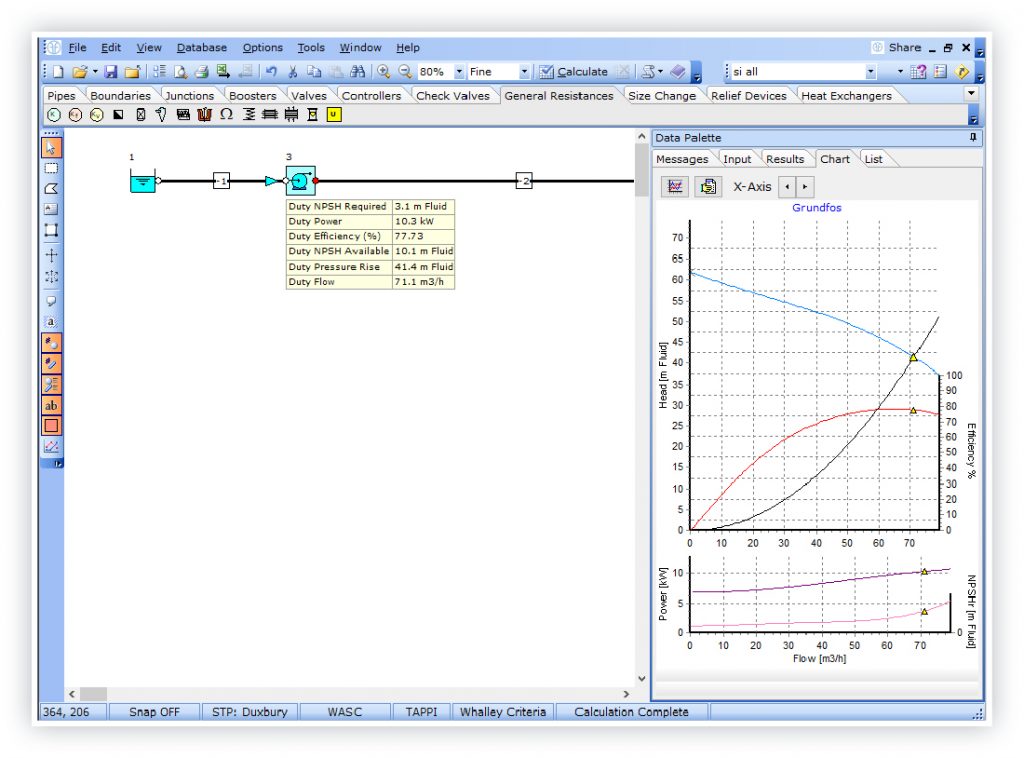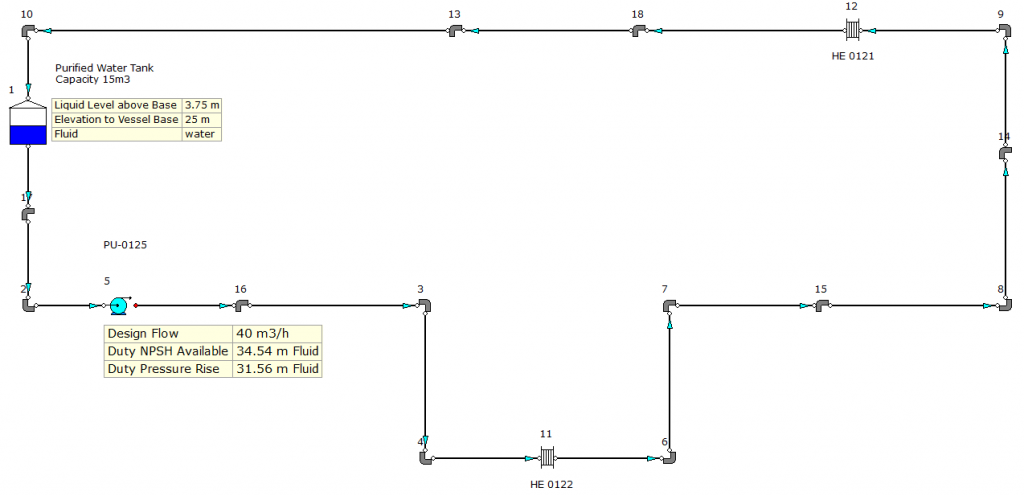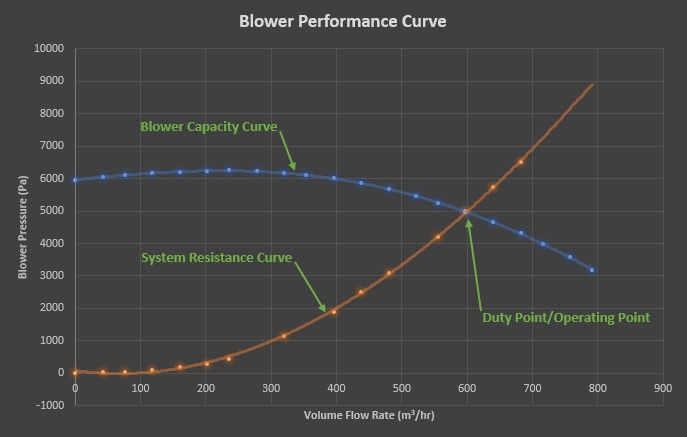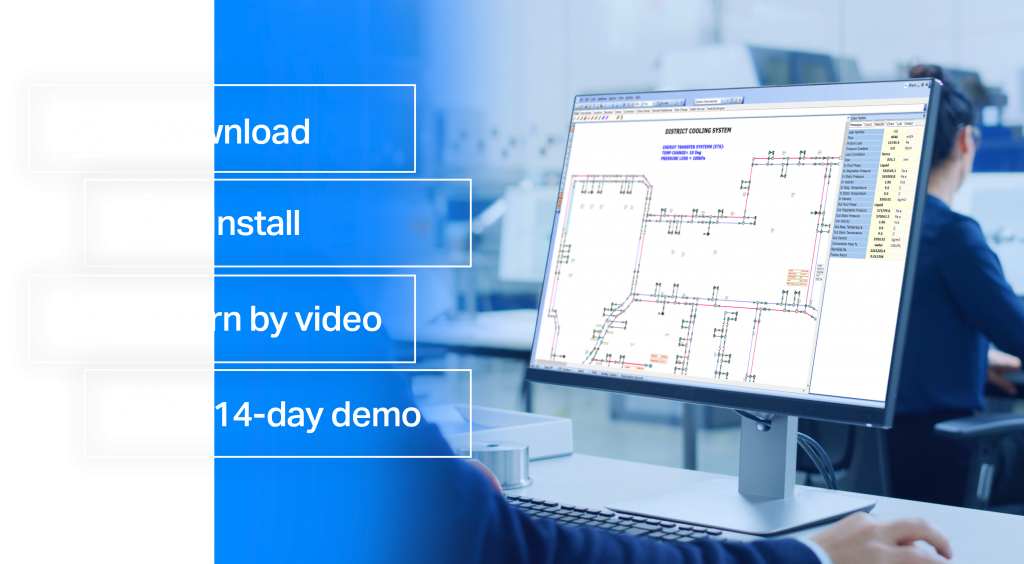17 Jan, 2019

Liquids,
Incompressible Flow
- Delivers fast and accurate designs for Newtonian fluids.
- Determines system operating pressures, flow distribution and fluid physical properties.
- Allows for the modeling of a wide range of line equipment items.






